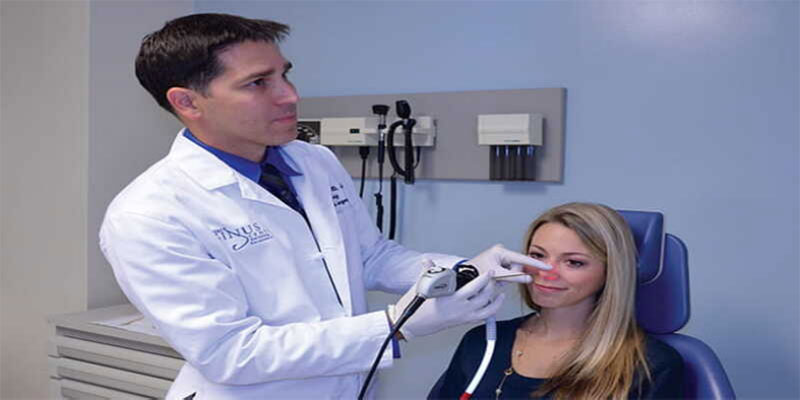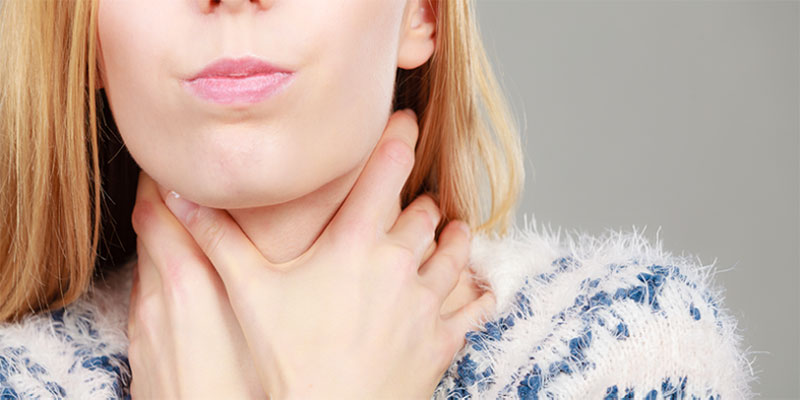
How to Get Rid of Post-Nasal Drip? Postnasal drip is characterized by the sensation that thick, viscous mucus is building up at the back of the throat. A significant number of people are affected by this pervasive disease. This illness may be triggered by a wide variety of things, including allergies, colds, hormonal fluctuations, sinus infections, and even some drugs. People who have an excessive amount of mucus may have symptoms such as clearing their throat, coughing, and having difficulty swallowing. The postnasal drip may be effectively treated by a number of different methods, which is excellent news. Before deciding on an appropriate treatment for postnasal drip, it is vital to determine the underlying cause of the condition.
In this article, we will investigate the factors that lead to postnasal drip, as well as the several treatments available to alleviate its symptoms. A better understanding of the illness, together with the use of the treatment and preventative measures that are recommended, may alleviate some of the symptoms and lessen the probability that the problem will return.
What Is a Post Nasal Drip?
After a nosebleed, some people have a sensation known as postnasal drip, which is described as feeling like mucus is building up in the back of the throat. A wide range of illnesses, the most common of which are the common cold, allergies, and sinus infections, can bring this about. A variety of different situations can bring on this symptom. As a result of the excessive mucus, you may discover that you need to cough, that you have difficulty swallowing, and that you need to clear your throat. These symptoms can all be a sign that you have a sore throat.
Causes Of Postnasal Drip

- Sinus infections: Sinus infections, also known as sinusitis, can cause inflammation and swelling of the sinus passages. This can lead to increased mucus production and post nasal drip.
- Allergies: Allergies, such as hay fever, can cause inflammation in the nasal passages. This can lead to increased mucus production and post nasal drip.
- Colds and flu: Colds and flu can cause inflammation in the nasal passages, leading to increased mucus production and post nasal drip.
- Hormonal changes: Hormonal changes, such as those that occur during pregnancy or menopause, can cause increased mucus production and post nasal drip.
- Certain medications: Some medications, such as blood pressure drugs and antidepressants, can cause post nasal drip as a side effect.
Treatment For Postnasal Drip
- Nasal irrigation: Nasal irrigation, also known as nasal lavage or nasal douching, can help to flush out mucus and relieve symptoms of postnasal drip. This can be done using a saline solution, purchased at a drugstore, or made at home.
- Over-the-counter decongestants: Decongestants, such as pseudoephedrine and phenylephrine, can help to reduce inflammation and relieve symptoms of postnasal drip. These medications can be taken in tablet or nasal spray form.
- Antihistamines: Antihistamines, such as cetirizine and loratadine, can help to reduce the symptoms of allergies and post nasal drip. These medications can be taken in tablet or nasal spray form.
- Steroid nasal sprays: Steroid nasal sprays, such as fluticasone and triamcinolone, can help to reduce inflammation and relieve symptoms of postnasal drip.
- Prescription antibiotics: If a sinus infection is causing your postnasal drip, your doctor may prescribe antibiotics to help clear up the infection.
Prevention Of Postnasal Drip

- Avoid triggers: If you know what triggers your postnasal drip, try to avoid those triggers as much as possible. For example, if you have allergies, try to avoid exposure to allergens.
- Keep your nasal passages moist: Dry nasal passages can worsen post nasal drip. Keep your nasal passages moist by using a humidifier or drinking plenty of fluids.
- Maintain good sinus hygiene: Keeping your sinuses clean and free of mucus can help to prevent post nasal drip. This can be done using a nasal irrigation system, such as a Neti pot or a saline nasal spray.
Conclusion
In conclusion, postnasal drip is a common condition caused by various factors such as sinus infections, allergies, colds, hormonal changes, and certain medications. The key to getting rid of post nasal drip is to identify the underlying cause and take appropriate treatment. Nasal irrigation, over-the-counter decongestants, antihistamines, steroid nasal sprays, and prescription antibiotics are some of the most effective treatment options. Additionally, avoiding triggers, keeping nasal passages moist, and maintaining good sinus hygiene can help prevent post nasal drip from recurring. It's important to consult a doctor if the postnasal drip persists or becomes severe.



